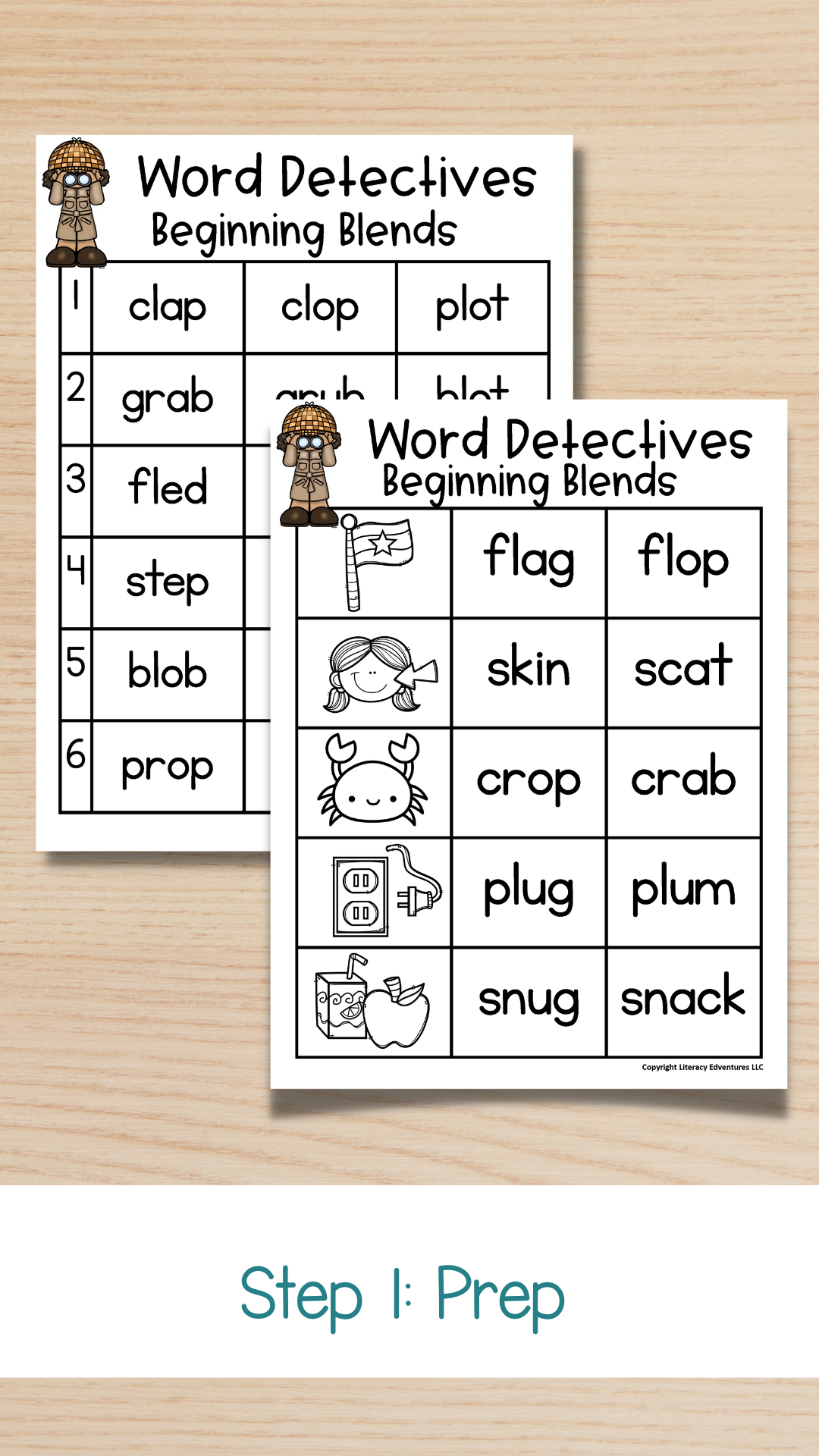Break the Cycle: 3 Cueing
When you have a job like mine, there are certain questions that are asked over and over again. Here’s one of them: “I’m trying to teach the science of reading way, but the teacher before me taught my students to use the three cueing model. How can I break this habit?”
Well, I’ve got good news for ya! I have you covered! Did you know that teaching your students to memorize words is actually not beneficial? It’s a tough thing to hear because most of us learned to read in this way. But research tells us that our brains do not store words as whole units. This means we can’t simply look at a word and memorize it the same way we could memorize the shape of a triangle or square. Crazy, right?
Believe it or not, this happens more often than not. We still have a huge majority of students being taught using the MSV (three-cueing) method. Before we dive in, I want to give you a little background on Three Cueing.
What is three cueing?
Three-cueing is a popular theory (ahhemm.. notice I said theory) that teaches students to look for three things when they are trying to figure out a word.
M- Meaning
V- Visual
S- Structure
Students rely heavily on these three things in order to identify words within context. You may notice children looking at the picture, saying the first sound and guessing the rest of the word, or even skipping the word completely. How exactly are they able to do this? One issue is that the books they are reading are more than likely leveled, predictable, and have strong picture support.
What are they not doing? DECODING.
When students are using MSV to determine words, they aren’t actually reading. They are guessing. They are focusing on meaning instead of code. We know that our brains do not learn to read words as whole units. Therefore, teaching students to read by using context is not the best solution. It bypasses a very important process known as orthographic mapping. Unfortunately, many students have learned to read this way, and breaking this habit can be difficult.
So let’s unpack this a bit. Our brains store words through a mental process called orthographic mapping - the keyword here being “process.” Kilpatrick says that reading look-alike words helps promote orthographic mapping. When we use words that look similar visually, we can help break bad habits kids have been taught - like looking at the picture, saying things like, “What word would make sense here?”, looking only at the first letter, or even just flat out guessing the word. Students simply cannot rely on context clues the entire time they’re reading. They must attend to each grapheme as they read - this is what science tells us.
By now you may be asking yourself, How do I help students focus on these minimal pairs? Remember when I said before that I had you covered? Well, I do!
Word Detectives
This Word Detectives activity will encourage students to attend to all the sounds in the words they are reading - not just the beginning or end. Below is how to use this awesome activity!
Prepping the Activity:
Pull the Word Detectives sheets that align with the phonics skill you’re focusing on.
Make enough copies for the students in your group and decide how students will mark the correct words.
Focus on the skill:
Draw students’ attention to one line at a time.
Call a word out from that line and ask students to read all three words carefully before choosing the correct word. I love to give students these decoding helpers as a reminder to truly look through the entire word - not just the beginning or the end!
Extend it!
Print off the Word Detectives with picture support and give it to students for independent practice.
Step back and watch as your students begin truly reading! That whole guessing game they were doing, in the beginning, will be long gone
If you and your students are ready to ditch the reading guessing game and get down to some science of reading-aligned activities, grab your Word Detectives sheets to get you started!






